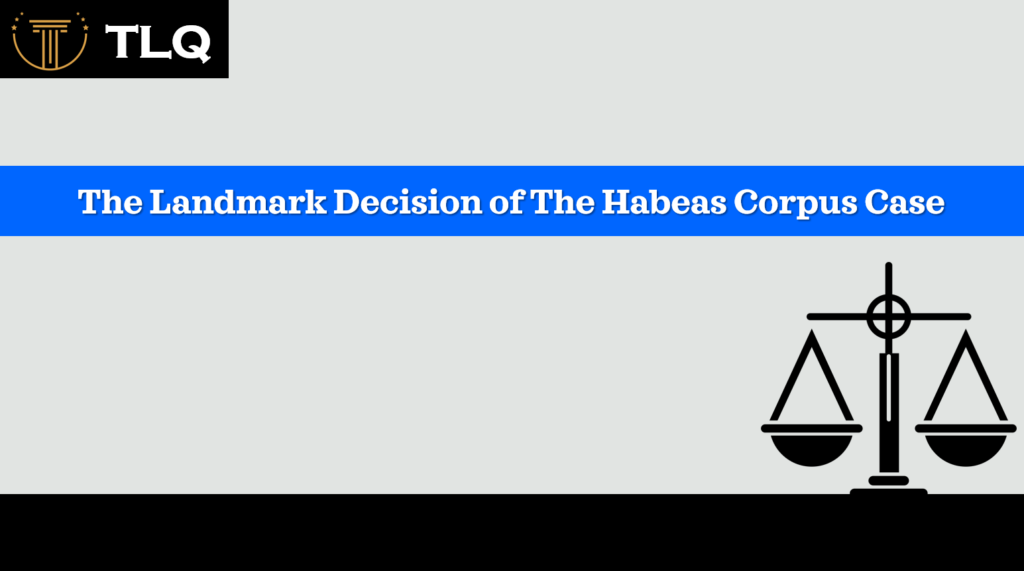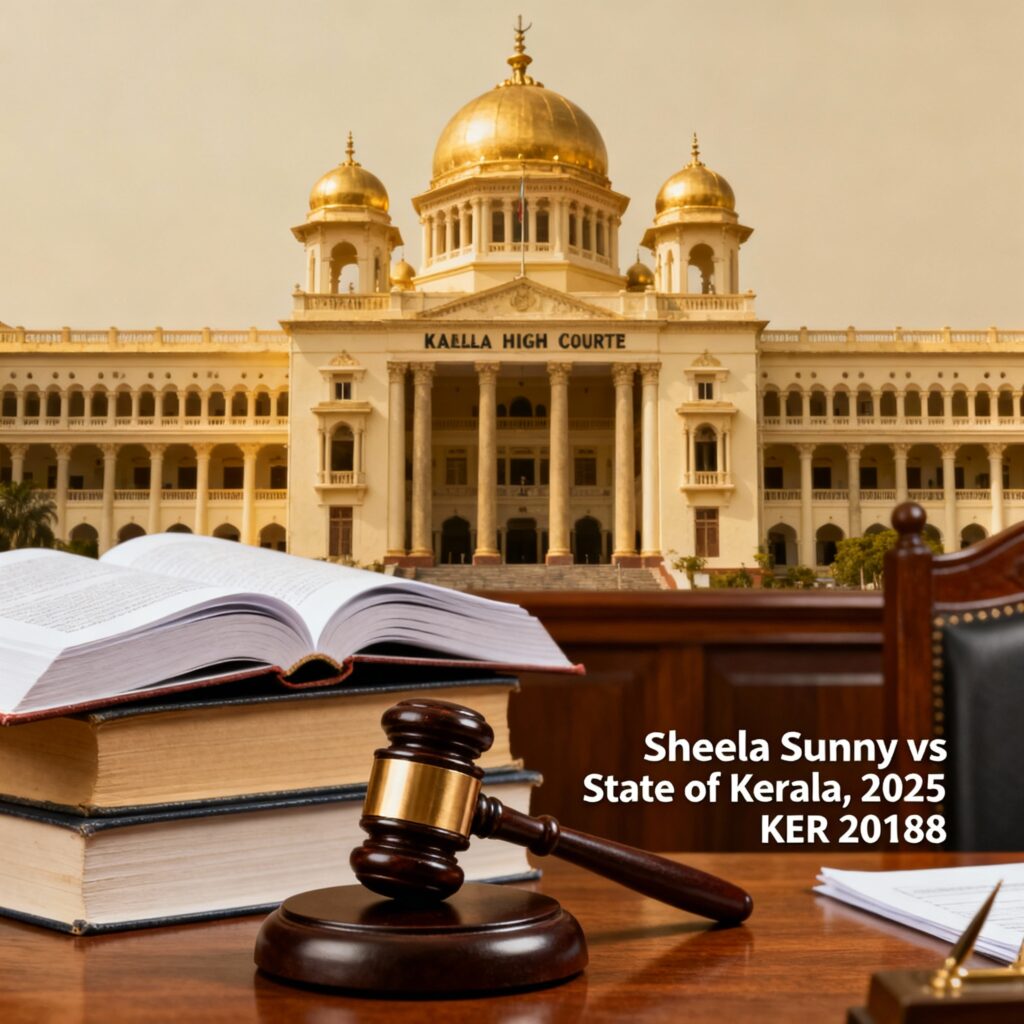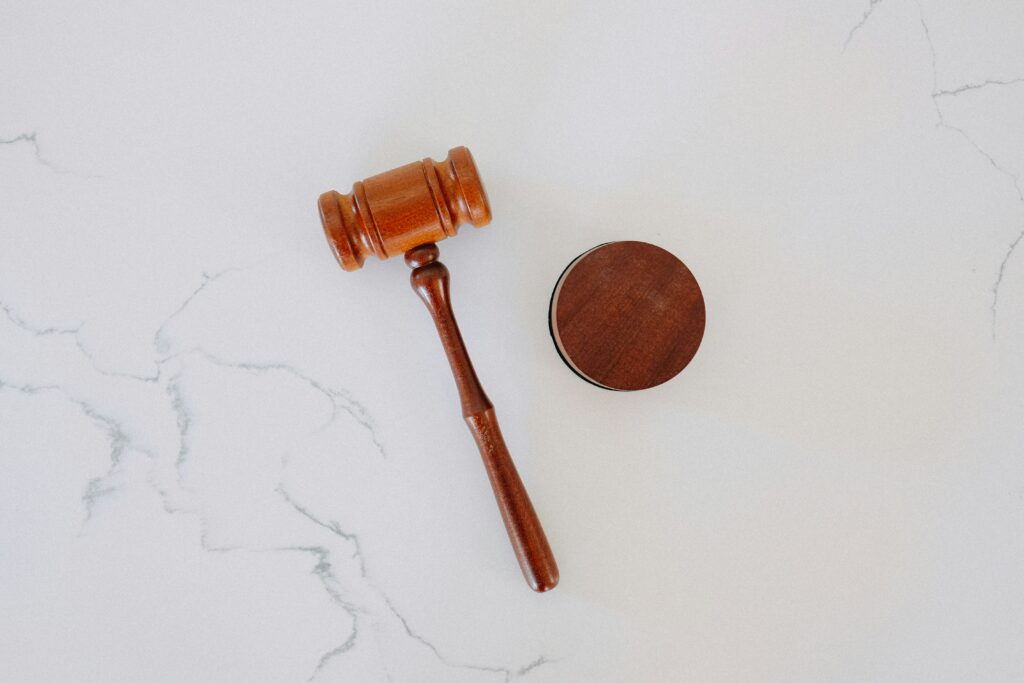Published on 25th June 2025
Authored By: Khushboo Sharma
Geeta Institute of Law, Delhi NCR
Equivalent citations: 1994 AIR 1918, 1994 SCC (3) 1
Court: Supreme Court of India
Bench: Kuldip Singh, P.B. Sawant, K. Ramaswamy, S.C. Agrawal, Yogeshwar Dayal, B.P. Jeevan Reddy, S.R. Pandian, A.M. Ahmadi
BACKGROUND
S.R. Bommai was the chief minister of the Janta dal government in Karnataka between August 13, 1988 and April 21, 1989.
- Bommai’s government was dismissed on April 21,1989 under the article 356 of the constitution and presidents’ rule was imposed, in what was the a mostly common mode to keep opposition parties at bay.
- The dismissal was on grounds that the Bommai government had lost majority following large scale defections engineered by several party leaders of the day
- The governor P. Venkatasubbaiah refused to give Bommai an opportunity to test his majority in the assembly despite the latter presenting him with a copy the resolution passes by the Jnata dal legislature Party
- Bommai went to court against the governor’s decision to recommend president’s rule and the HC which dismissed his writ petition.
- Then he moved the supreme court. In march 1994, a nine-judge constitutional bench of the supreme court of India gave the landmark judgement with respect to article 356 and its arbitrary usage by the central government.
ISSUES RAISED
- Whether a Proclamation issued by the President on the advice of his Council of Ministers headed by the Prime Minister, is amenable to judicial review?
- whether the validity of the Proclamation issued under Article 356(1) can be under clause (3) of Article 356?
- whether the powers under Article 356(1) can be exercised by the President arbitrarily and unmindful of its consequences to the governance in the State concerned?
ARGUMENTS BY PETITONER (S.R. BOMMAI)
- There was not a single chance for the petitioner to show the majority of his party. In addition, neither a floor test nor a summon to the Assembly took place in spite of the Governor’s demands.
- Since rioting, looting, and burning in the area are not adequate grounds for implementing the presidential proclamation that the party is incapable and needs to be dissolved, the imposition of President’s Rule was wholly unlawful and just a political move. Centralizing power at the centre and placing state representatives in an unjust and unenforceable position within society was the true purpose for such imposition.
- The president was not sufficiently persuaded by the presented data to declare an emergency and dissolve the government. It should not be forgotten that the Union administration is obligated under Article 74(2) to furnish the State’s legislative representatives and the Court on whose behalf the proclamation was made with all pertinent facts.
- A president cannot dismiss a state legislature without the approval of both Houses of Parliament, and that since secularism is a fundamental feature of the Constitution, a state government cannot be dissolved if it is found guilty of administering non-secular acts.
- Shri Shanti Bhushan, learned counsel for the petitioners urged that the deletion of clause (5) by the 44th Amendment, which clause was introduced by the 38th Amendment, necessarily implies that the exercise of power under clause (1) is amenable to judicial review in a far more extensive manner. Clause (5), as introduced by the 38th Amendment, read as follows: “(5) Notwithstanding anything in this Constitution, the satisfaction of the President mentioned in clause (1) shall be final and conclusive and shall not be questioned in any court on any ground.”
ARGUMENTS BY RSPONDENTS
- Administrative law and constitutional law differ in the nature and extent of judicial scrutiny. Although the court lacks the same authority under constitutional law, it can expand its jurisdiction under administrative law to cover issues pertaining to a government’s legislative authorities. The court may simply decide that the actions were an abuse of discretion or supra vires. Additionally, it was maintained that the courts were not qualified to determine whether the conditions necessary to issue a presidential proclamation were lawful.
- According to Article 356 (1), the President may issue a Presidential Proclamation with the advice of cabinet ministers in accordance with Article 74 (1). However, Clause 2 of the aforementioned Article strictly “prohibits” both a judicial review of the proclamation’s justifications and an investigation into whether the President receives any advice from the cabinet.
- According to the secularism theory, the State Government may be dissolved if its activities are not secular.
RELEVANT LEGAL PROVISIONS
Article 74(1) of the Indian Constitution states that a Council of Ministers, headed by the Prime Minister, will support and counsel the President, who will thereafter carry out his or her responsibilities in compliance with the recommendations.
Article 74(2) of the Indian Constitution forbids courts from looking into the Council of Ministers’ recommendations to the President.
The President of India may take away a state’s legislative and administrative responsibilities from the Union “if he is persuaded that a situation has arisen in which the state’s administration cannot be carried out in conformity with the Constitution,” according to Article 356 of the Indian Constitution.
Section 123 of the Indian Evidence Act of 1872 states that no one may testify about state matters based on unpublished public records. Such an unpublished document can be obtained by the official head of the department in question, but he or she has the right to deny approval if needed. This clause also forbids the use of any evidence gleaned from unreleased government documents.
Section 123(3) of the Representation of the People Act 1951 states that it is a corrupt election practice to “ask… to vote or refrain from voting for any individual on the basis of his religion, race, caste, community, or language.”
DECISION OF COURT
- The Supreme Court’s nine-judge panel emphasized that, in accordance with Dr. B.R. Ambedkar’s and the Sarkaria Commission’s recommendations, the Presidential Proclamation under Article 356 must be used cautiously.
- According to Article 356(3), the Presidential Proclamation must be carefully examined by both houses of Parliament. The proclamation expires after two months and the state assembly returns to work if it is issued without the consent of both chambers.
- If the proclamation raises debatable issues, the Supreme Court may evaluate it and consider writ petitions contesting its validity.
- Made clear that the president’s authority to dissolve a state government is subject to restrictions and is not unqualified.
- Acknowledged that although the dissolution of the legislature is not specifically covered by Article 356, such authority can be deduced from it.
- The authority to dissolve the legislature is implied by Article 174(2), which gives the governor the authority to do so, and Article 356(1)(a), which gives the president the authority to grant himself the authority of the governor and the state government.




